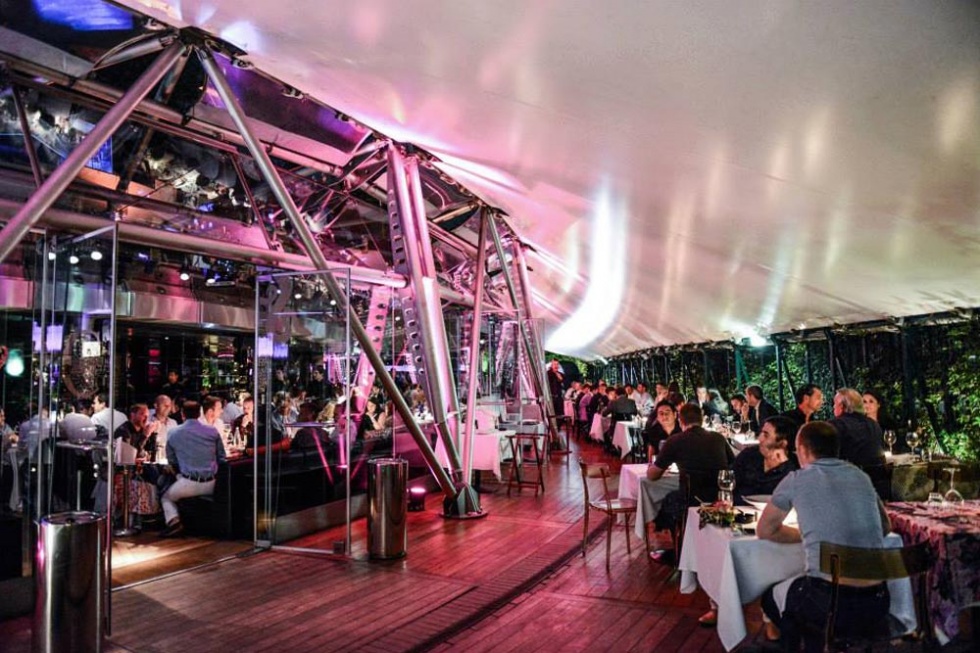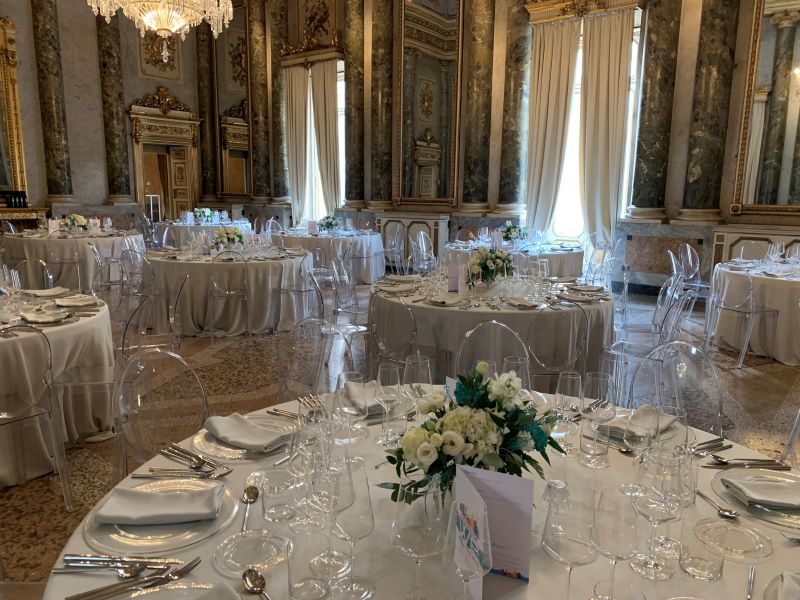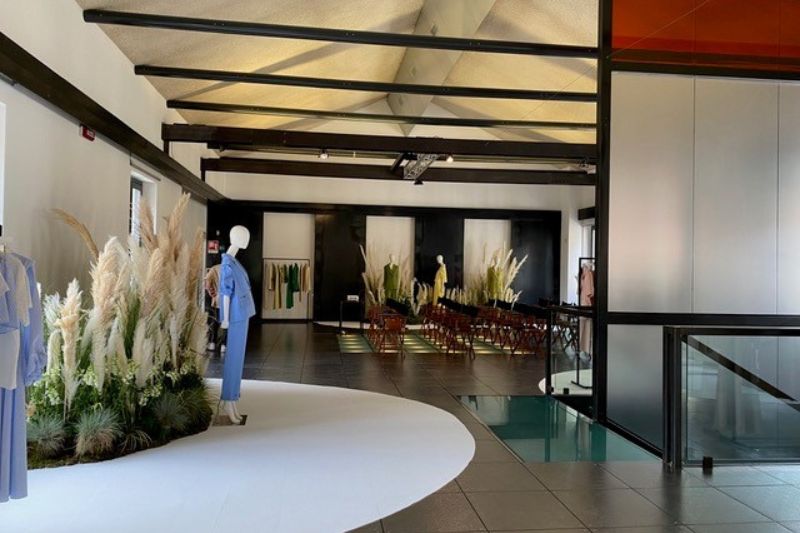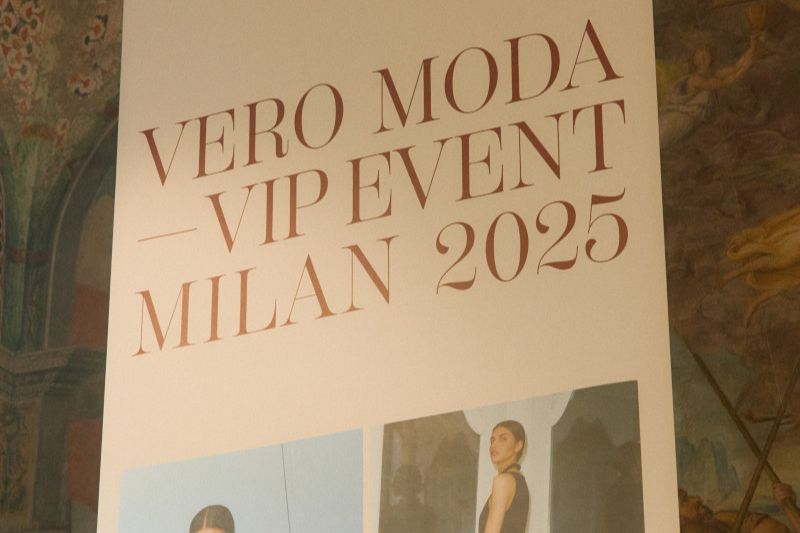Hybrid events: locations that redefine multifunctional space
In today’s world, where virtual and physical worlds collide, event planners are rethinking venues.
Hybrid events demand spaces that are not just beautiful, but deeply adaptable — spaces that can switch from boardroom layouts to open terraces, from high-tech streaming hubs to relaxing lounge atmospheres. If you’re planning hybrid events, you need more than a stage: you need a location that becomes part of the experience.

What defines a perfect hybrid event space
First, flexibility. Movable walls, modular furniture, zones that can serve multiple functions — all essential. Then, technological readiness: powerful audio-video systems, reliable internet backbone, streaming facilities, backup power. Good tech makes or breaks hybrid setups. Also design: natural light, indoor-outdoor flow, terraces or gardens help relieve the fatigue that often comes with long virtual sessions.
Moreover, the hybrid event space must support inclusivity. That means accessibility features, acoustics designed for mixed virtual/presential attendance, and comfort. A rooftop that’s too noisy or a loft without proper sound control will frustrate remote participants who rely on clarity. Evidence backs this up: room acoustics significantly impact communication success in hybrid meetings.

Why hybrid formats are rising in demand
Hybrid events offer benefits that stretching a single venue alone doesn’t. Broad reach — allowing remote attendees to join from anywhere. Cost savings — less travel, fewer full-scale logistics for every guest. Engagement through interactive tools — polls, chat, dual Q&A. And sustainability: reducing travel carbon emissions is now a priority for many organisations.
Moreover, in uncertain times (weather, travel restrictions, pandemics), venues with virtual capacity keep continuity. They allow event planners to pivot. That versatility becomes a competitive advantage.
Showcase: 5 multifunctional hybrid locations in Milan
Here are true examples of locations in Milan that embody the idea of multifunctionality — perfect for hybrid events.

Rooftop with Duomo view
A sixth-floor loft with expansive glass walls, opening onto multiple terraces outfitted with design elements. It includes state-of-the-art AV systems, professional kitchen, wine cellar, and café corner. The seventh floor houses a rooftop linked by stairway and private elevator. The greenery and sweeping city views make this rooftop one of a kind.

Elegant loft in Cairoli area
This 400-sqm loft is modular: rooms that can open up or be partitioned depending on event needs. Contemporary interior design makes it informal yet refined. It’s a space you can use for workshops, networking, seated dinners — whatever you need.

Event space with outdoor area in Porta Venezia
Opened during Salone del Mobile 2023, this venue aims to be a premium multifunctional hub. It features a 138-sqm auditorium, an 86-sqm open space with kitchen view, and an external terrace. The open space + terrace combo especially shines for hybrid sessions and breaks.

Duomo loft
Mixing ’40s elegance with modern polish, this loft near Duomo offers three distinct areas: a fully equipped kitchen for culinary events, a main hall with advanced AV, and a terrace overlooking Piazza Pio XI. Whether virtual demos, live cooking, or seated audience, this place adapts.

New attic in Montenapoleone area
On the top floor in Milan’s fashion district, this 200-sqm attic looks out over the Duomo’s spires. Complete with usable kitchen, upgraded bathrooms, meeting room with 75-inch and 65-inch screens, customizable totems, and a furnished terrace with varying plant types. Highly versatile.
Making hybrid locations work: technology and logistics
Even the most beautiful space fails without the right setup. You need reliable internet, streaming infrastructure, lighting that serves both in-room and virtual participants. Platforms that enable simultaneous interaction are essential. Also, acoustics matter enormously. A recent pilot study found that improving room acoustics in hybrid meeting spaces significantly improves communication.
Logistics too: transitions between physical and virtual schedules, staff who understand both worlds, engagement strategies that include remote attendees. Think breakout rooms, live polls, chat moderation. Venues that have tested these workflows ahead of time tend to succeed.
Economic return and benefits of versatile hybrid spaces
Versatile spaces bring ROI. With hybrid formats, you can serve more attendees without doubling physical footprint. Sponsors gain exposure across virtual and in-person audiences. You save on travel, lodging, catering when parts of the audience join remotely.
Because such spaces are flexible, you can run multiple event types in the same location — workshops one day, gala dinners the next, broadcast-style panels. That adaptability increases venue utilisation and helps amortise investment in tech and design. Over time, that adds up.

Future directions: what event planners should demand
Planners should ask for transparent metrics: connectivity speed, sound quality, virtual integration. They should inspect terrace views and design details — outdoor access can relieve visual fatigue in virtual settings. Also demand modular interiors and scalable AV systems. These are not extras anymore; they’re essentials.
Lastly, sustainability will only become more non-negotiable. Green roofs, renewable energy, waste reduction — venues that integrate environmental responsibility will attract both clients and attendees. The best hybrid spaces of the future are already thinking along these lines.
Hybrid events are changing how we think about space. They push venues to be more than containers. A location that can morph — indoor to terrace, formal to informal, large group to intimate — becomes a partner in storytelling and engagement. Whether for corporate, creative, or social occasions, multifunctional hybrid spaces offer both inspiration and practical value. The right venue doesn’t just host an event: it elevates it.




_1754312451.jpg)


